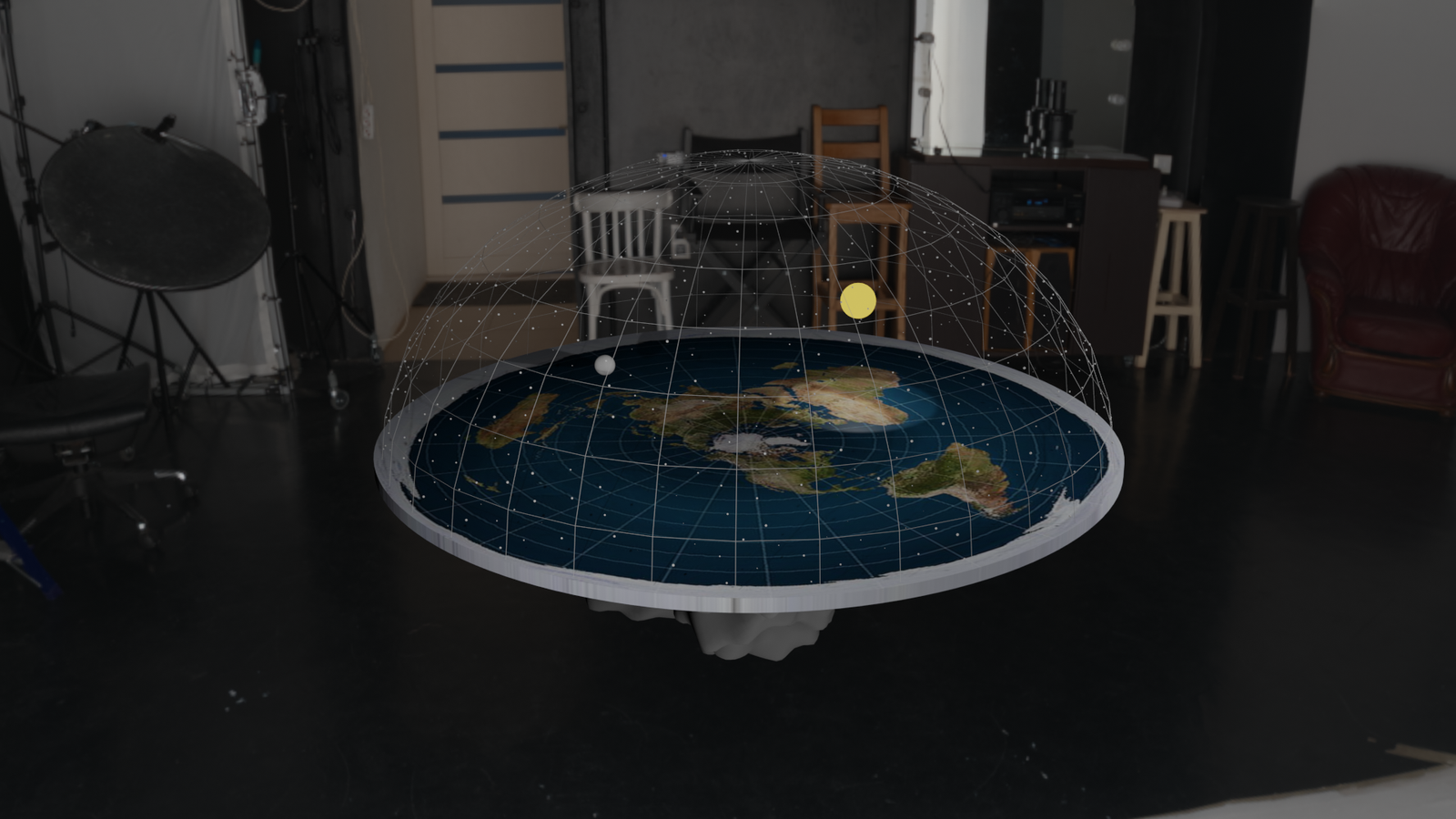
Augmented Reality’s Accessibility Boosted by Social Media Filters
Augmented Reality (AR) has become significantly more accessible in recent years, and a major catalyst has been the explosive popularity of AR filters on social media platforms. What began as playful face filters and camera effects has evolved into a mainstream technology used by hundreds of millions of people. The success of these AR filters on apps like Snapchat, Instagram, and TikTok has prompted companies to double down on AR investment – refining the technology and ensuring it runs smoothly on everyday smartphones.
Social Media AR Filters Go Mainstream
AR filters first gained traction through Snapchat’s viral Lenses in 2015, which superimposed digital effects (like the famous dog ears) onto users’ faces in real time. This fun new feature proved wildly popular, sparking an industry-wide trend – Facebook and Instagram introduced their own AR filters by 2017, and TikTok soon followed. In the years since, AR filters have truly gone mainstream. By 2022, an estimated 48.3 million Americans were using social media AR filters at least once a month, and the global number of mobile AR users was on track to exceed 1.1 billion people. These filters are no longer just novelties; they have become a routine part of how people create and share content. Users love the personalized, interactive experiences AR filters provide – from trying on virtual makeup to placing 3D objects in their environment – and this enthusiasm has driven widespread adoption.
Success of Filters Spurs Investment in AR Tech
The immense success of social media AR filters has not gone unnoticed by the tech companies behind these platforms. Their popularity has proven that consumers are eager for AR experiences, motivating companies to invest more in AR and integrate it deeply into their apps. In fact, the success of AR filters led social platforms to open up filter-creation tools to all users, including independent creators and brands, to expand the variety of AR effects and attract even more engagement. Snapchat, for example, released Lens Studio for creators, and Meta (Instagram/Facebook) launched Spark AR, allowing anyone to design custom AR filters. This openness indicates significant investment into AR technology – from improving face-tracking algorithms to providing user-friendly creation studios – all aimed at perfecting AR features. The result is that AR filters have become a valuable marketing tool for businesses as well, with brands developing their own filters to promote products in an interactive way In short, filter-fueled consumer demand pushed companies to pour resources into AR R&D, accelerating technical improvements and expanding AR capabilities across social networks.

Improved Accessibility of Augmented Reality
Thanks to these developments, AR technology today is far more accessible and device-friendly than it was just a few years ago. Modern smartphones come equipped with powerful cameras and AR frameworks (like ARKit and ARCore), enabling smooth AR experiences without special hardware. Social media platforms have optimized their AR features to run on a wide range of devices, ensuring filters work reliably on typical phone cameras. The numbers tell the story: as of 2025, over 300 million people use Snapchat’s AR lenses every day, and 64% of TikTok users engage with face filters regularly. In total, around 1.4 billion people worldwide are now active AR device users – a massive infrastructure that did not exist a decade ago and every major social platform is investing heavily in AR capabilities to serve this user base. In practical terms, this means AR is no longer confined to high-end tech or niche apps; it’s built into the social apps we use daily. With tech giants continuing to improve AR graphics, tracking accuracy, and performance optimization, using AR has become as simple as opening your camera on any modern phone. Augmented Reality is more accessible than ever, largely because the viral success of social media filters proved its appeal and pushed the technology into the hands of everyday users on devices they already own.
References
- Banuba. (2025, February 8). How AR filters became mainstream: Statistics & trends. Retrieved August 4, 2025, from https://www.banuba.com/blog/ar-filters-statistics
- Mora, J., & Peña, M. (2025). Augmented reality filters as a marketing tool: A study of user engagement on social media. Journal of Theoretical and Applied Electronic Commerce Research, 20(2), 588–596. https://doi.org/10.3390/jtaer20020030
- BrandXR. (2025, May 10). The rise of AR on social media: 2025 usage insights and platform investments. Retrieved August 4, 2025, from https://www.brandxr.io/blog/social-media-ar-usage-2025


Leave a Reply